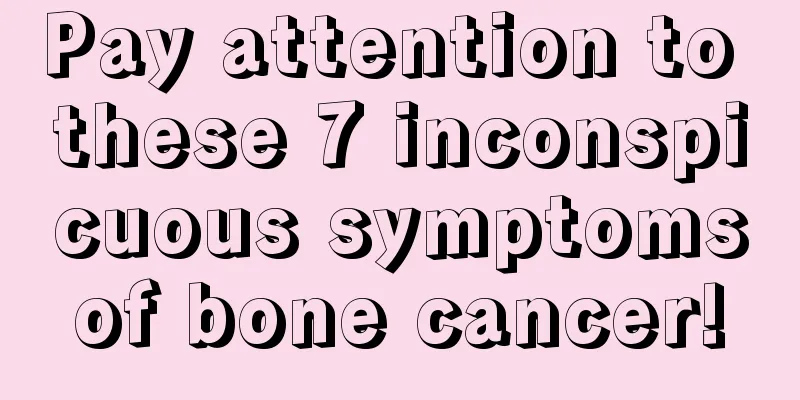What are the early symptoms of ankylosing spondylitis

|
Ankylosing spondylitis is relatively common in clinical practice. This disease mainly occurs in the spine. Many patients do not pay attention to it and thus ignore the early symptoms of ankylosing spondylitis. The early symptoms of ankylosing spondylitis are also very obvious and may cause complications. 1. Concurrent peripheral arthritis: The most common disease is in the hip joint, accounting for 35% of the population. The disease is usually bilateral, with a slow onset, and flexion contracture and stiffness quickly appear. In order to maintain an upright position, the knee often has compensatory flexion. The shoulder joint is the second most common site. Occasionally there are knee joint lesions. Other joints are rarely affected. In addition, there will be tender points in the exo-articular skeleton, mainly occurring at the sternocostal junction, spinous process, iliac crest, greater trochanter of the femur, tibial tuberosity, ischial tuberosity and heel. Sometimes these symptoms can also appear early. 2. Weakened chest expansion: Patients will experience chest pain, some with radiating intercostal neuralgia. This is because as the lesion progresses toward the thoracic spine, the costovertebral joints are affected. Only a few patients find that their chest cannot expand fully when they inhale. Due to the ankylosis of the costovertebral joints, during examination it can be found that the thorax cannot move during inspiration and breathing can only rely on the diaphragm. Under normal circumstances, with maximum inhalation and exhalation, the range of motion at the fourth intercostal space can reach more than 5cm. Those less than 5cm should be considered as weakened chest expansion. In the early stage, lung function is rarely weakened. In the later stage, due to severe spinal kyphosis and loss of chest expansion ability, lung ventilation function is significantly reduced. 3. Lower back pain and spinal stiffness: This is the most obvious symptom of ankylosing spondylitis. Lower back pain occurs slowly and is dull. It is difficult to tell where the pain is, and sometimes it involves the buttocks. The pain may also be severe, concentrated near the sacroiliac joint, radiating to the iliac spine, greater trochanter and posterior thigh. At first, the pain may be bilateral or unilateral, but after a few months it becomes bilateral and lower back stiffness occurs. Morning stiffness is a very common symptom and can last for up to several hours. Long-term inactivity makes stiffness more obvious. Patients often complain that it is very difficult to get up due to stiffness and pain. They can only turn sideways and roll off the edge of the bed to stand up. |
>>: Can gastric tumors be cured? Diet therapy for gastric tumors
Recommend
The best hospital for colorectal cancer
Colorectal cancer is a malignant tumor of the dig...
Can cancer metastasize to the liver be cured? It cannot be cured, but you can take medicine to control the disease
Can cancer metastasis to the liver be cured? Canc...
Treatment of endometrial cancer during pregnancy
Many women will have endometrial cancer in their ...
How much does it usually cost to treat fibroids
How much does it usually cost to treat fibroids? ...
Can eye sunken surgery make the eyes more beautiful?
Many people hope that their eyes are deep and bri...
Is gallstone serious?
Gallstones are a relatively common liver and gall...
What is a disposable diaper pad?
Because newborns' organs are not fully develo...
What are the clinical manifestations of prostate cancer?
In recent years, prostate cancer has become a maj...
The pumpkin is green when cut
The pumpkin ripens in autumn, when most of the pu...
The effect of soda water on gout, pay attention to the dosage
Soda water is an aqueous solution of sodium bicar...
Rectal wall thickening
Thickening of the rectal wall may be caused by pa...
Where are the ovaries?
Many young women do not know the importance of ov...
The main cause of bladder cancer
Bladder cancer is a major tumor disease that occu...
Do you know the harm of smoking?
Many people think that smoking is a very comforta...
What are the factors that affect the treatment of lung cancer? 6 factors that affect the treatment of lung cancer
Lung cancer is a relatively difficult disease to ...









